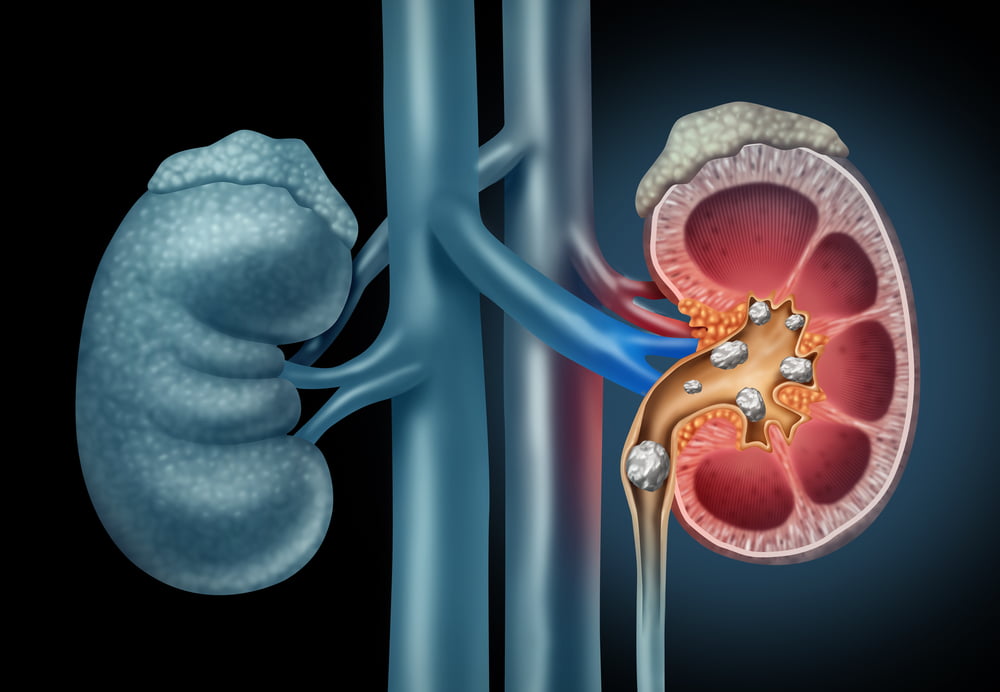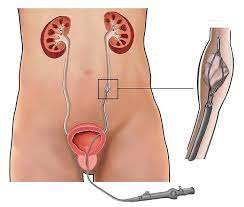Kidney stones and methods of their removal in Türkiye
Kidney stones are solid deposits inside the kidneys, and the kidneys are the organ located below the rib cage on both sides of the spine. It is one of the essential organs for the health of the body and for ridding it of toxins. But like any other organ of the body, it may be exposed to diseases and unfortunate setbacks, and the most famous of these diseases is kidney stones.

What are kidney stones?
Kidney stones consist of solid deposits consisting of minerals and salts that form inside the kidneys, as they start to form in small sizes, then their size gradually enlarges with continuous accumulation over time, and small stones are often thrown out without problems, but with regard to large stones, the latter cause problems health, and here medicine intervenes in the treatment of some cases such as:
- The size of the stones.
- The presence of severe pain.
- Obstruction of urine flow due to large stones.
- If the stone resulted in urinary tract infections.
Types of stone removal operations and surgeries
Shockwave fragmentation:
It is classified as a non-surgical treatment and is the most common treatment, and its results are better with small or medium stones than with large stones. The doctor uses x-rays or ultrasound to find the stones (or stones) in the kidneys. Then, high-energy waves are directed towards the kidneys, passing through the skin, and these waves break the stones into small pieces (Photo 1).
The doctor may place a tube called a ureter stent (for the flow of urine from the kidney to the bladder), as this stent helps the stones pass, and to expel the stones, the patient drinks water, and tests for the stones can be performed by picking them up with a strainer during urination.
The procedure takes about an hour, and the patient can go home on the same day.
The procedure can also cause side effects such as seizures or blood in the urine and may cause serious but rare side effects such as:
- Bleeding around the kidneys.
- infection.
- Kidney damage.
Ureteroscopy:

This procedure treats kidney and ureter stones. The doctor uses a thin, flexible scope to find and remove the stones. During the procedure, the doctor passes a scope through the bladder and ureter to the kidney (photo 2), and uses a small basket to remove small stones, but the doctor shines laser beams through the scope and breaks them up if they are. The stones are large, and in the meantime, the doctor may place a stent in the ureter to help drain urine from the kidney to the bladder, and the patient needs a medical review after 4-10 days. Or some types of stents may have a string at the end so that the patient can pull the stent out on their own.
Possible risks of this operation:
- infection
- ureteral stenosis
- bleeding
Percutaneous Nephrolithotomy (PCNL):
The surgical option is in the event that the stone is large and fragmentation by shock waves did not work.
The patient is anesthetized during the operation, then the surgeon makes a small surgical incision in the back or in the side, and then inserts a thin telescope (photo 3) inside the incision to reach the stones and break them up with high-frequency sound waves.
The surgery can be performed in one of two ways:
Excision: Here, the surgeon removes the stone through a tube.
Fragmentation: The surgeon uses sound waves or laser beams to break up the stone, and then the fragments are removed through a suction machine. Remains of the stone may also be sent to a laboratory for analysis.
The surgery takes 20 to 45 minutes for the patient to stay in the hospital for a day or two and also the ureteral stent must remain in the kidney for a few days to help drain the urine, and the doctor may do an X-ray or ultrasound after a few weeks to see if there is any Any parts of the pebble remaining or not.
Risks of this surgery include:
- infection.
- bleeding.
- Damage to the bladder, intestines, ureters, kidneys or liver.
Open surgery to remove kidney stones:
Open surgery is rarely performed for kidney stones, but if the stones are very large or cannot be removed with other treatments, open surgery may be an option, especially if:
- A kidney stone is stuck in the ureter.
- The pain is severe.
- When the stones prevent the flow of urine.
- Presence of bleeding or infection.
During the procedure, the patient is under anesthesia, and the surgeon makes an incision from the side all the way to the kidney. Then the doctor removes the stone through the surgical incision, and a stent is placed in the ureter to help drain the urine.
The patient may need to stay in the hospital for a few days, and it takes 4 to 6 weeks to fully recover from an open kidney removal operation.
How can I book a kidney stone removal operation in Türkiye?

- Medical support on the phone is free of charge. You will have a person responsible for your health condition who is always ready to answer your questions.
- Free consultation with a specialist doctor Your medical representative will consult with a number of doctors and hospitals to find the best possible treatment.
- Issuing a travel visa for free. We address the embassy in your country to help obtain a visa to visit Türkiye.
- Arranging the trip program for free. We set a schedule for your medical trip in Türkiye.
- Translation of documents and reports for free. We translate medical documents and reports into Turkish on your behalf.
- Support and monitoring for free. We monitor the stages of treatment and are at your side, step by step.
- Free simultaneous translation. We will be by your side during the treatment stages to translate between you and the medical team.
- Free housing and transportation coordination. We book accommodation for you and your companions in Turkey, in addition to transportation services.
Contact REHABTÜRK doctors for more information about the procedure and for an assessment of the medical condition.
